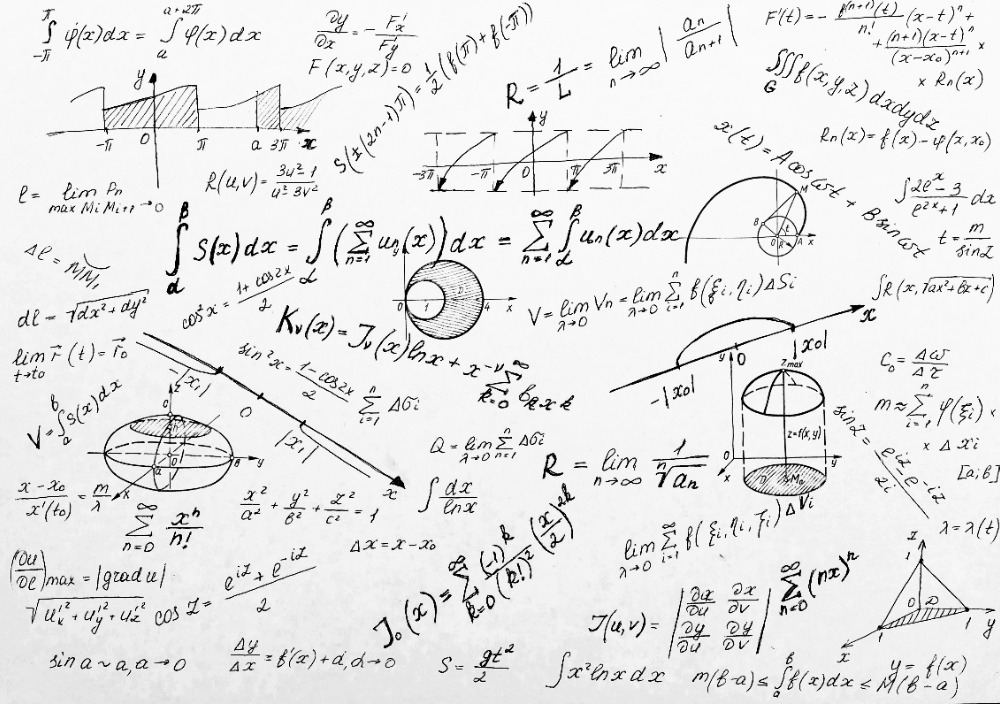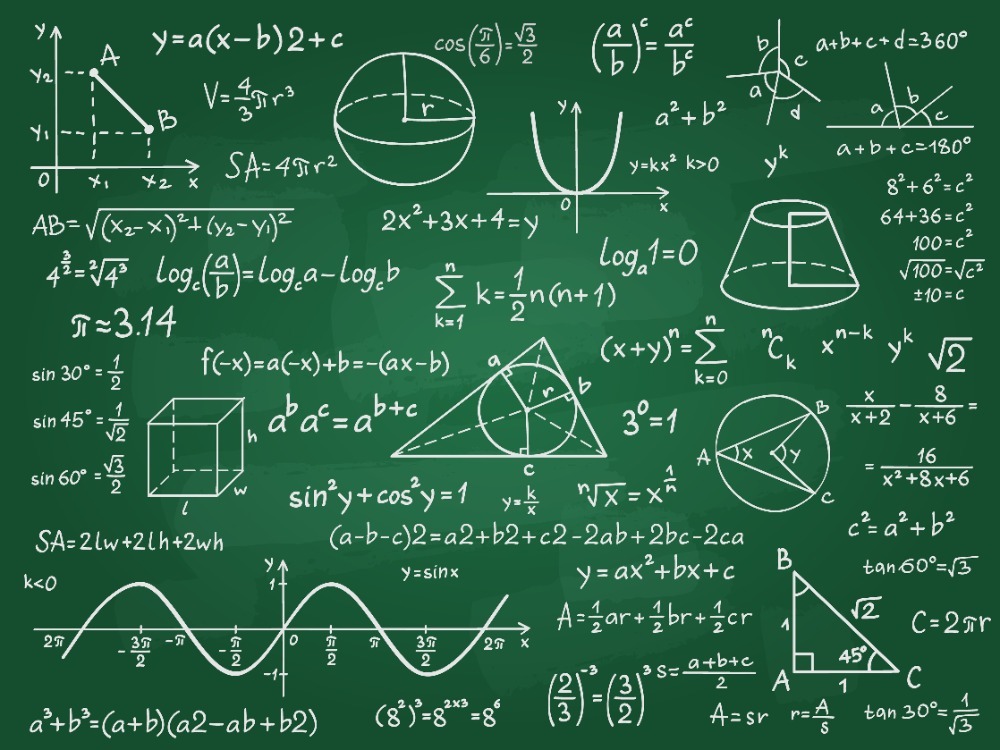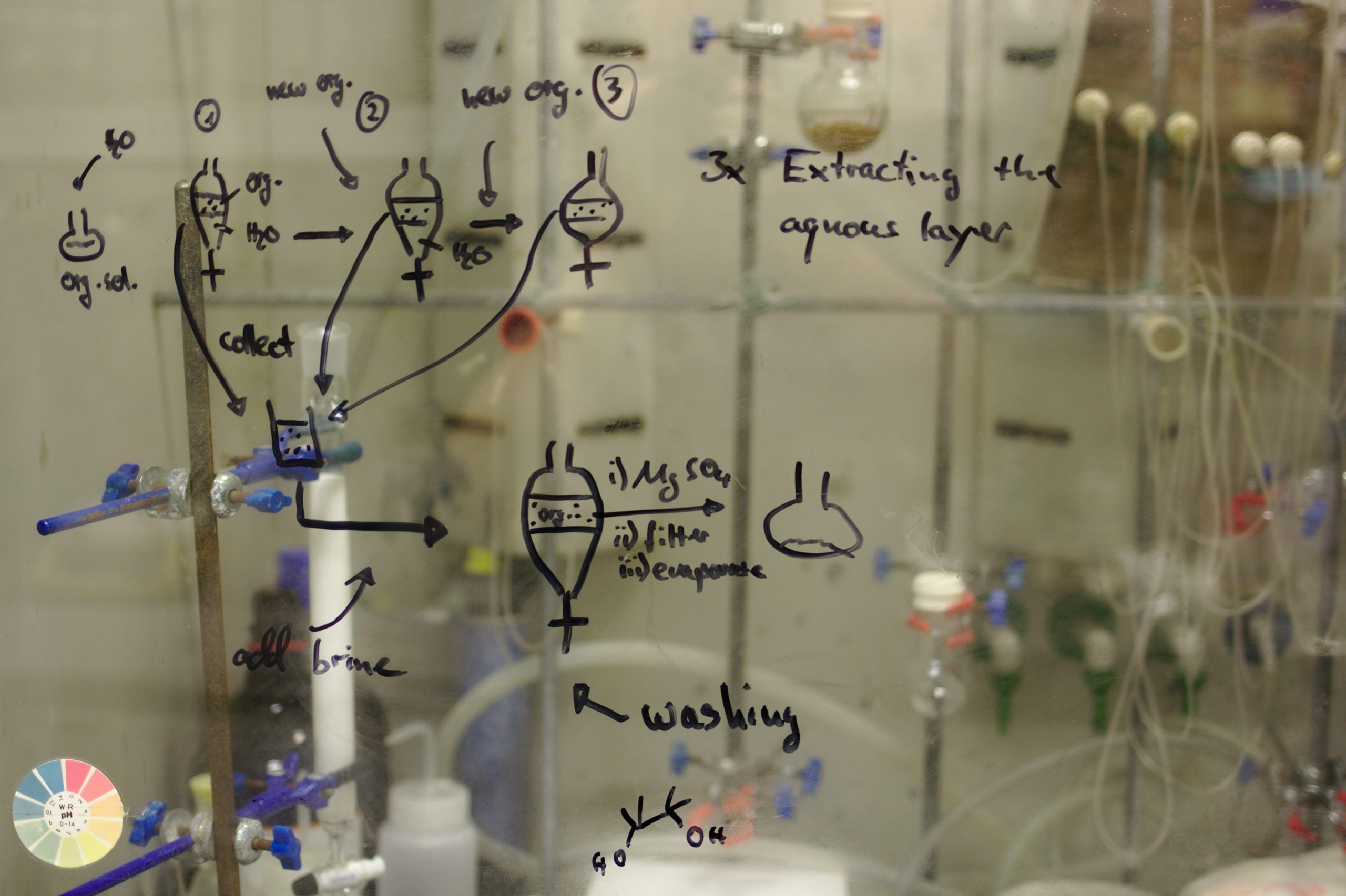Students who are new to economics and/or would like to take economics next semester
Beginner
One-on-one and small group (Max. 7 students/class)
Class Introduction
This course is designed to give students a basic understanding of the fundamentals of Economics. Of all subjects learned in the secondary setting, the fundamental principles of economics are essential. Students will apply economic principles to everyday scenarios during this course. They instructor will assist students to think economically and make rational decisions.
Outcome
Students will understand the ideas of scarcity, opportunity costs, trade-offs, Factors of production and rational decision making. Overall, students should be able to apply these concepts to better explain the phenomena in their own lives. At the end of the course, students will be able to complete all activities and prepared to learn more intermediate economics concepts.
Course content
Topics covered in this course include, but are not limited to: specialization, rational decision-making, opportunity costs, benefits and risks of the stock market, financial round-up, supply and demand, federal reserve, monetary policy, fiscal policy, etc.
Schedule
8 group classes, 2 hours each, 16 hours in total
Feedback
Students and their parents will receive brief feedback after each class regarding the student’s general participation in class. Students will also receive feedback on graded assignments via email.











